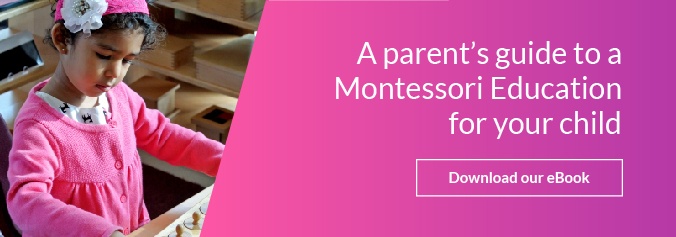Montessori teachers are highly trained professionals who provide individualized instruction to children in a Montessori school. There are many reasons why someone might choose to become a Montessori teacher. Some people are drawn to the Montessori philosophy of education, which emphasizes the development of the whole child – physical, cognitive, social, and emotional – in a prepared environment. Some are attracted to the small class sizes and close relationships they can develop with their students. And others enjoy the challenge of working with children at different developmental levels within the same classroom.
No matter what draws you to the profession, becoming a Montessori teacher is a rewarding experience. This article will explore the training you would need to become a Montessori teacher and fulfill your dreams of watching your students grow and learn in ways you never thought possible!
You will need a Bachelor's Degree
If Montessori teachers want to teach higher than age 6, they first must have a Bachelor's Degree from a regionally accredited college. This is because a Bachelor's Degree provides the necessary foundation in child development and education theory that is essential for success as a Montessori teacher. Occasionally, some Montessori centers will hire a teacher for Infant/Toddler or Early Childhood without a Bachelor's degree.
You will need a Montessori teaching certification
You will need a Montessori teaching certification to become a Montessori teacher. There are many ways to get a Montessori teaching certification, but the most important thing is to ensure that you are getting it from a reputable source. The American Montessori Society, for example, has many training programs available. It typically takes anywhere from 1-2 years to attain your certification. The certification process includes reading, writing articles, observing students, and projects, around 1000-1500 hours. After that, you will need to complete a practicum, which is around a year in length.
Options for getting your certificate
There are many options for Montessori teaching certifications, including the following:
-
The Association Montessori Internationale
-
The International Montessori Council
-
The American Montessori Society
-
Pan American Montessori Society
Which you choose depends on what options you desire: online, offline, cost, affiliated schools, internship options, and more.
Characteristics of Montessori teachers
So now you know what you have to do to become a Montessori teacher. But what kind of teacher will you be? When it comes to teaching methods, there is no one-size-fits-all solution. Different students learn best in different ways. However, there are some general characteristics that tend to make Montessori teachers successful.
First and foremost, Montessori teachers must be patient. They work with young children who are still learning how to control their bodies and emotions. This can be frustrating for both the child and the teacher, so patience is key.
Also, Montessori teachers must be able to adapt to each individual child's needs. No two children are alike, so it's important that teachers are able to tailor their instruction to fit each student's strengths and weaknesses.
Finally, Montessori teachers must be good at keeping a classroom organized as there will be multiple ages in together.
How is Montessori teaching different from what is “normal”?
How will your teaching be different from a typical classroom teacher? As a guide to Montessori students, you will:
-
Create a calm learning environment that sets limits while allowing the children freedom
-
Provide flexibility and creativity while promoting learning engagement
-
Guide the children in hands-on learning
-
Help students become independent learners.
-
Encourage respect, compassion, and responsibility.
-
Teach children of various levels and ages together
In conclusion, teaching in a Montessori school can be extremely rewarding, but it does require extra training and considerations. Fountainhead Montessori can answer any questions regarding their teachers and the process of teaching in a Montessori environment.












Let us know what you think about this post
Put your Comment Below: